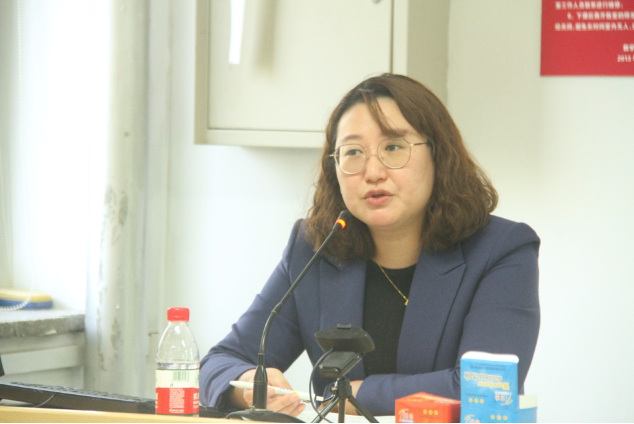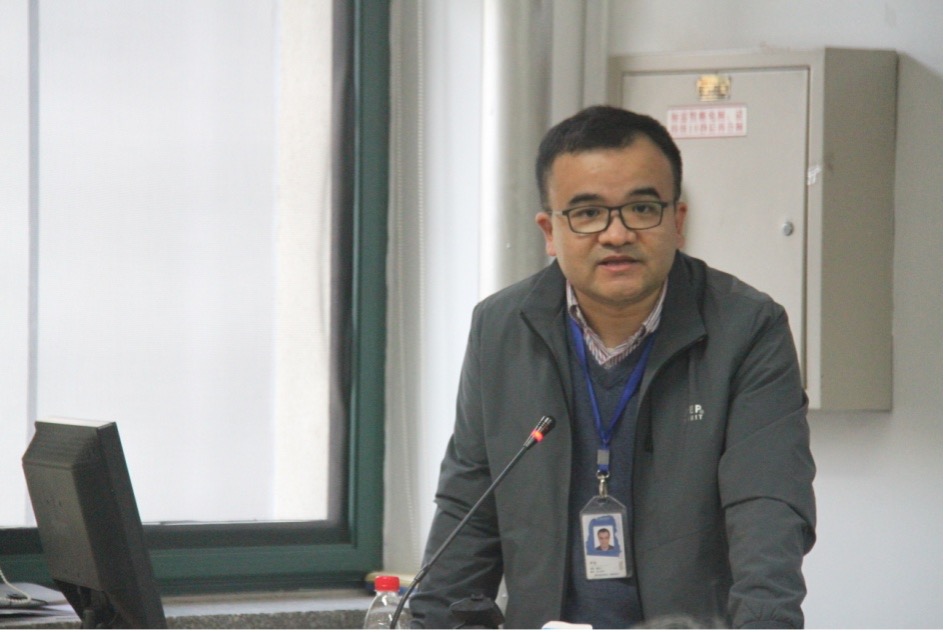Tao Xiang International Finance Lectures (No. 22): International Monetary Pattern in the Post-Pandemic Era
2021-04-29 IMI
On the afternoon of March 24, the Tao Xiang International Finance Lectures (No. 22) was successfully held at Renmin University. Dr. Zhao Xueqing from the Bank of China Research Institute, was invited to give a lecture on “International Monetary Pattern in the Post-Pandemic Era Based on the Analysis of the International Financial Market.” The lecture was chaired by Tu Yonghong, Deputy Director of IMI, and followed by comments from Lu Dong, Assistant Professor at the School of Finance, RUC.
Dr. Zhao Xueqing first briefed the global financial and monetary pattern. She mainly expounded the recent share of the financial pattern in various countries and regions around the world, including the transaction or asset scale of various financial institutions and markets, and then elaborated the current international monetary pattern. She pointed out that the current international monetary pattern was still a non-equilibrium one with the US dollar and the currencies of developed countries as the mainstay.
Dr. Zhao Xueqing then introduced the international financial market since COVID-19 outbreak. During this pandemic, the international financial market has experienced a liquidity crisis, once in the most crisis since the 2008 financial crisis. The world witnessed a new round of monetary easing, and fiscal policy has expanded unprecedentedly. Meanwhile, with a serious divergence between the financial market and the real economy, global debt has also risen sharply, and emerging markets are facing capital flow risks.
She then pointed out that the US dollar had begun to enter a downward cycle. Since COVID-19 outbreak, the US dollar index has been experiencing significant fluctuations. After hitting a new high in March, it began to trend downward in shocks. She believed that the exchange rate of the US dollar was directly related to its international status. She judged the trend of the US dollar in the long term and in the short/medium term – in the long term, the US dollar entered a downward cycle, while in the short/medium term, wide fluctuations would be seen, the center would move down with a limited scope, the international inertia of the US dollar still existed, and it was difficult to fundamentally shake its position.
Finally, Dr. Zhao Xueqing elaborated on RMB internationalization during the 14th Five-Year Plan. Based on some statistics, she concluded that RMB internationalization was going against the trend under the impact of COVID-19. She then referred challenges in RMB internationalization since the pandemic as follows. The unshakable international monopoly of the US dollar might be further strengthened in the short/medium term. Rising global anti-Chinese sentiment undermined the international acceptance of the RMB. The severe trade and investment situation affected the international use of RMB as a carrier. Compared with the US dollar and the Euro, the liquidity supply of the RMB had grown more slowly, so in the context of the massive release of global currencies, the international use of the RMB was limited and its international circulation was not yet complete, making it possible to be further broken under the impact of the pandemic. At the end of Dr. Zhao’s lecture, she summarized the four major problems that need to be solved in RMB internationalization during the 14thFive-Year Plan. First, to break through the obstacles of RMB policy; second, to launch more RMB-to-small currency financial products; third, to connect the financial markets in the host countries; and fourth, to explore and open up a concession channel.

Prof. Lu Dong made a summary and comments on the lecture. By reconstructing theories and looking back in history, he put forward his own point of view, expounding the function of currency and the international monetary system from 1870 to the present. Finally, he concluded that the current international monetary system was still dominated by the US dollar and that the RMB could play an international currency function and become the pricing and settlement currency, and international reserve currency for international trade and financial transactions.
